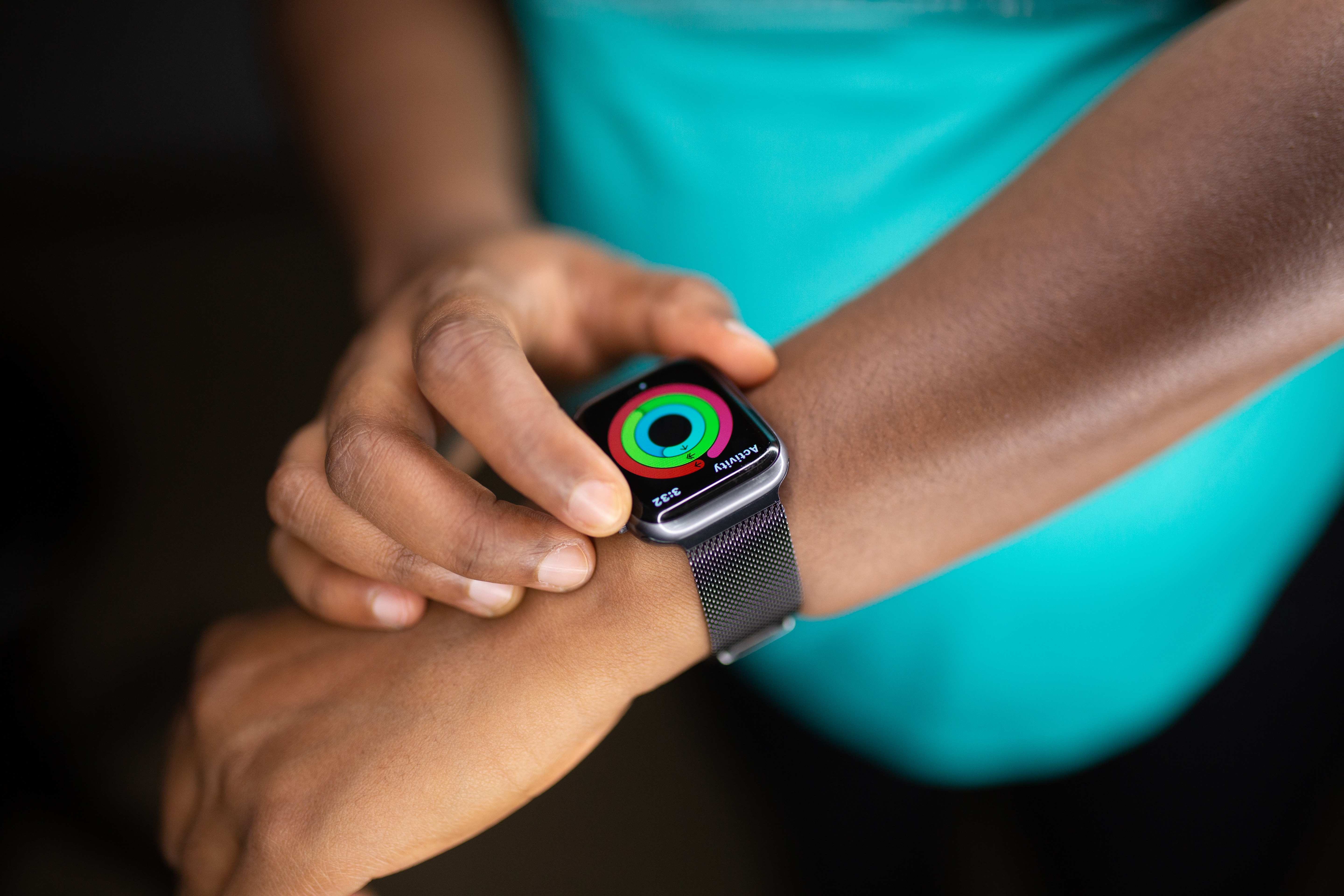Digital transformation is revolutionizing healthcare - and wearable technology is playing a pivotal role in its revolution. From fitness trackers to medical-grade wearables, these devices powered by data and analytics, artificial intelligence (AI), and other emerging technologies are transforming how organizations deliver care and improve patient outcomes.
Benefits of Wearable Technology in Driving Enhanced Care
As more organizations shift from the traditional outcomes-based care delivery model toward value-based care, payers and providers are finding this shift to be easier with wearable technology and the many benefits it offers, such as telemedicine or remote patient monitoring, real-time data collection, and early detection and prevention of health issues. Patients can actively participate in their healthcare by tracking their health and wellness with wearable devices, thereby increasing patient engagement and adherence to treatment plans. Wearables are also improving communication between patients and healthcare providers, allowing for more proactive and personalized care, among other benefits:
- Value-based care: Supporting the shift towards value-based care, where healthcare providers are incentivized based on the quality of care and patient outcomes. Wearables enable better monitoring, early detection, and proactive care, leading to improved patient outcomes and cost-effective healthcare.
- Early detection and prevention: Wearable technology can detect early signs of health issues, such as abnormal heart rates or blood glucose levels, allowing for early intervention and prevention of more serious health problems.
- Increased patient engagement: Patients can actively participate in their healthcare by using wearable devices to track their health and wellness, leading to increased awareness, motivation, and adherence to treatment plans.
- Improved communication: Seamless communication between patients and healthcare providers drives more proactive and personalized care via improved coordination, timely interventions, and improved patient outcomes.
- Convenience and accessibility: Ease of use and the ability to wear devices throughout the day provide continuous monitoring and data collection, making healthcare more convenient and accessible for patients, especially for those with chronic conditions or limited mobility.
- Research and innovation: Generation of large amounts of health data can be used for research and innovation in healthcare. This data can inform new treatment strategies, interventions, and healthcare policies, thereby advancing medical care.
- Cost savings: Early detection, prevention, and personalized care enabled by wearables can result in cost savings for healthcare systems by reducing hospitalizations, emergency room visits, and complications from untreated health issues.
Types of Wearable Technology for Healthcare
From fitness trackers and smartwatches to medical-grade wearables that target specific health conditions, there is a wide range of wearable technology available for healthcare. And it doesn't stop there. There are even implantable devices, smart clothing, and virtual and augmented reality gadgets that can help individuals manage their health. With all these innovative gadgets at their disposal, patients are taking more control of their health than ever before. Meanwhile, healthcare providers are finding innovative ways to use these technologies to monitor and manage their patients' health, too.
Examples of Successful Use of Wearable Technology in Healthcare
There are numerous examples of successful use of wearable technology in healthcare. Remote monitoring of chronic conditions, such as diabetes and heart disease, using wearable devices has been shown to improve patient outcomes and reduce hospitalizations. Wearable technology for tracking sleep patterns, heart rate, and activity levels can provide valuable insights for personalized care plans. Virtual reality has been used for pain management during medical procedures, reducing the need for opioids and other pain medications. Smart clothing with embedded sensors can monitor vitals and prevent pressure ulcers in bedridden patients. These examples highlight the significant impact of wearable technology on improving patient outcomes.
Leveraging Data and Analytics in Wearable Technology
Data and analytics play a critical role in unlocking the potential of wearable technology. Wearables generate a vast amount of data that can be used by Artificial intelligence and machine learning algorithms can analyze and transform this data into value-based insights and informed clinical decisions. These data-driven insights are empowering healthcare providers to make informed decisions, leading to improved patient outcomes.
Overcoming Challenges in Implementing Wearable Technology
As with any complex technology, implementing wearable technology comes with its own set of challenges. One of the biggest issues arises around data privacy and security. Since working with sensitive data, it's critical to address this concern to ensure the protection of personal patient information. Additionally, the integration of wearable technology with existing healthcare systems can be complex and require interoperability. Lastly, high cost and accessibility limitations may hinder the adoption of wearable technology, particularly in underserved populations.
Future Direction of Wearable Technology in Healthcare
The future of wearable technology in healthcare looks promising. Advancements in sensor technology and miniaturization will make wearables even more seamless and unobtrusive. Additionally, integration with artificial intelligence and machine learning will enable predictive analytics and personalized interventions. While wearables have the potential to reshape personalized medicine, allowing for targeted interventions and preventive care, their implications in healthcare policies and regulations will continue to evolve, shaping the future landscape of healthcare delivery.
Conclusion
As the healthcare industry shifts towards personalized medicine, wearables are poised to revolutionize healthcare delivery by enabling remote patient monitoring, streamlining communication between patients and healthcare providers, and paving the way for a seamless care delivery model.
At Productive Edge, we understand its transformative power.
With our expertise in digital transformation, we help healthcare organizations harness the power of digital strategy and cutting-edge technologies such as wearables, generative AI, intelligent automation, and modern data and analytics to help clients achieve new levels of efficiency and success.


.png)

.png)